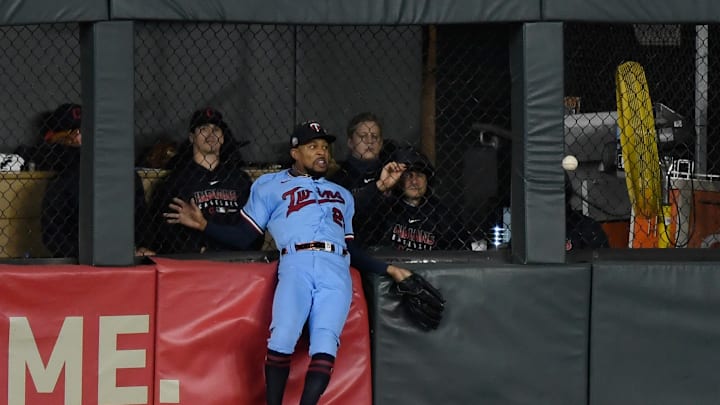Twins' trade deadline fire sale feels like a stock market crash
For the Minnesota Twins faithful, the 2025 trade deadline felt less like a strategic realignment and more like a stock market crash. The sudden, sweeping sell-off of key players was a painful correction, a jarring acknowledgment that the team's current portfolio was underperforming. This fire sale inflicted immediate and undeniable pain on the fanbase. Like any market correction, this sell-off, while painful, gives the Twins a chance at rebalancing the team’s portfolio, designed to purge underperforming assets and reinvest in future growth, potentially setting the stage for a legitimate championship run.
The most debated moves were the trades of young, controllable pitchers Louie Varland, Griffin Jax and Jhoan Duran. To many, this felt like an oversell, akin to panic-selling a promising tech stock. Yet, the front office managed to acquire a significant haul of arm talent in return, including top prospects like Mick Abel and near MLB-ready arms like Taj Bradley. While losing Duran’s electric arm and Varland’s potential hurts now, the strategy was clear: diversify the pitching assets and restock the organizational depth chart with a new wave of high-ceiling talent. It was a calculated risk to trade proven commodities for a greater quantity of future potential.
Conversely, the decision to move on from Carlos Correa was a warranted and overdue salary dump. Correa was the blue-chip stock that never lived up to its past returns. His on-field production never consistently matched the historic contract he was given, and his regression in skills and health issues made his salary a significant liability that hampered the team’s financial flexibility. Shedding the bulk of that contract, even while retaining some cost, was a prudent financial correction that allows for a more balanced and strategic allocation of resources moving forward.
Beyond the headline moves, the front office adeptly managed its expiring assets. Players like Harrison Bader and Willi Castro were on short-term deals, and the Twins extracted solid value rather than letting them walk for nothing. The Bader trade netted a true pink sheet prospect in 16-year-old pitcher Geremy Villoria, a high-risk, high-reward prospect with an electric arm. Castro, a valuable utility piece, brought back two solid Double-A pitchers, a fantastic return for a rental player.
While the short-term outlook may appear bleak, with fan morale at a low and the team in a clear rebuild, this sell-off could be the very retooling the Twins needed. By clearing payroll, the front office has created the financial agility to pursue a new investment strategy. These shrewd moves demonstrated an ability to convert short-term assets into future capital.
The influx of prospects from the trades of Duran, Varland, and others represents a diversification of the farm system, the lifeblood of any successful small-market team. This correction allows the Twins to reset their financial baseline and rebuild with a new core of young, hungry players. It’s a long-term play, a bet that the short-term pain of this market correction will eventually lead to the sustained success of a championship contender. The front office has sold off the underperforming assets and, in doing so, has given themselves a chance to rebuild a portfolio capable of potentially reaching the pinnacle of the sport. Right?
